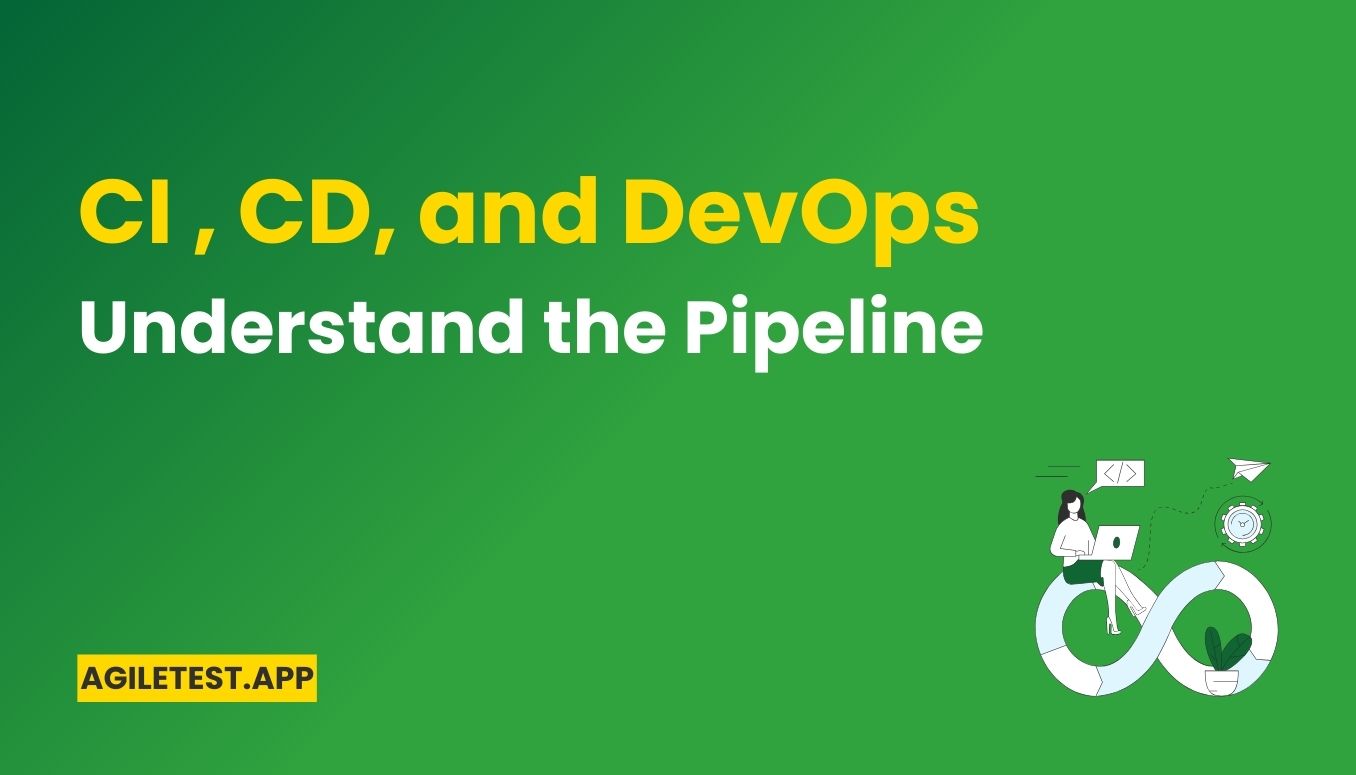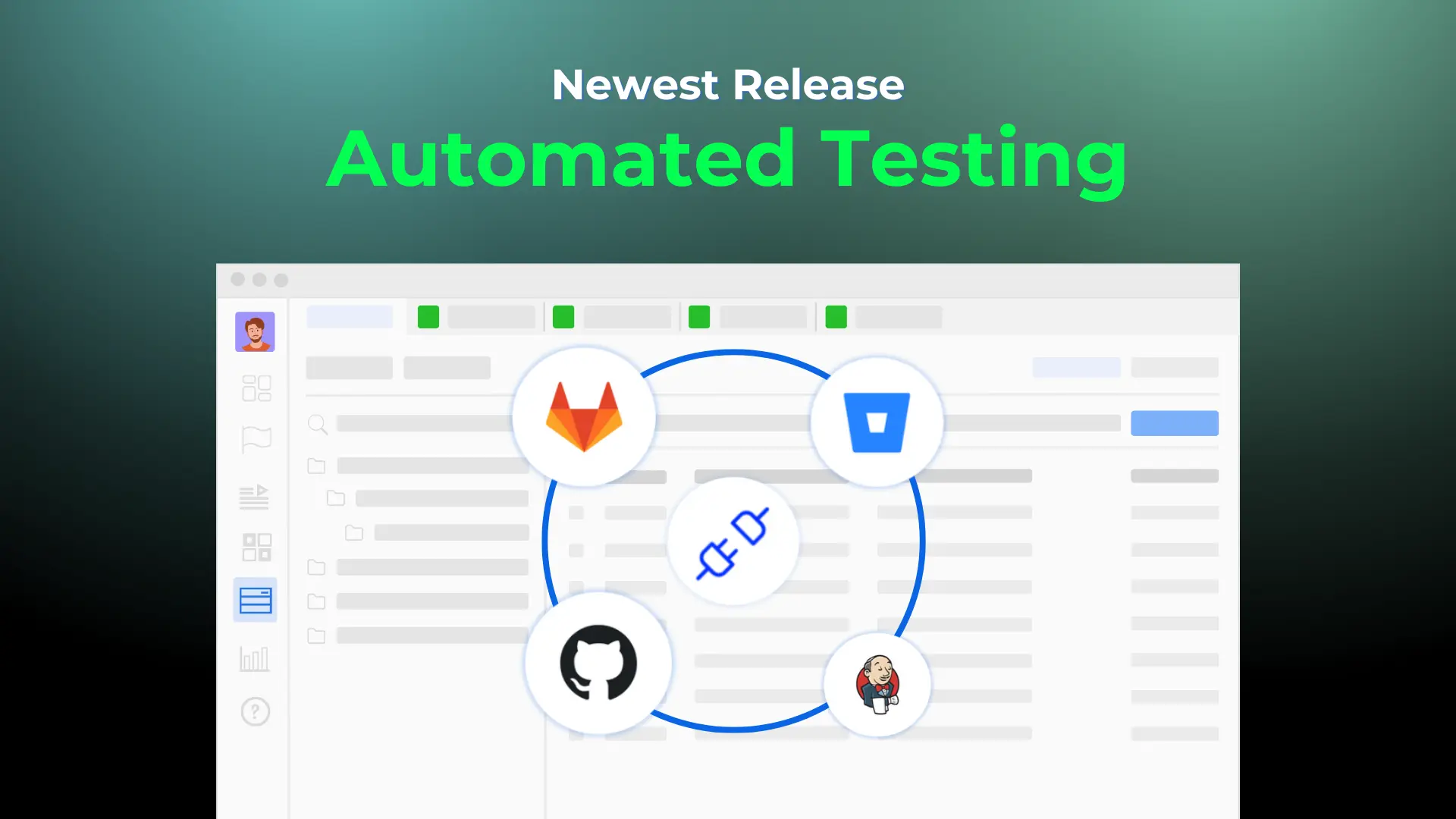Achieving faster, reliable, and high-quality software releases is crucial for success in the evolving realm of development. Continuous Integration (CI) and Continuous Delivery (CD) revolutionize this process by automating the stages from code integration to deployment. In this blog, we are going to dive deep into CI/CD, and their correlation in DevOps flow.
What is CI in CI/CD?
Traditionally, software development involved multiple developers working separately on code, which they would only integrate at the end of a release cycle. This method often led to numerous bugs and issues, which were identified and resolved after an extensive testing phase. Consequently, software quality suffered, and teams typically managed to release new versions just once or twice a year.
Continuous Integration (CI) addresses this issue, facilitating agile development processes. CI ensures that every change a developer makes is immediately integrated into the project’s main branch. CI systems automatically run tests to detect problems in the code, providing developers with quick feedback so they can fix issues immediately. A feature is only considered complete once it functions correctly on the main branch and integrates smoothly with other code changes.
→ Related content: Agile Manifesto: The Values & Principles
From a technical perspective, organizations implement CI by deploying a build server that handles code changes, performs automated tests using various integrated tools, merges them into the main branch, and produces a new version of software artifacts. This approach significantly enhances both the quality and speed of software development. Teams can develop more features that deliver value to users, enabling many organizations to release software weekly, daily, or even multiple times a day.
What is CD in CI/CD?
Continuous Integration (CI) focuses on making the building and testing of code automatic. Continuous Delivery (CD) goes a step further by automatically deploying all code changes to a testing or staging environment after they’ve been built and tested. This allows developers to simplify and automate not just unit tests, but also UI testing, load testing, integration testing, API testing, and more. This automation ensures a fully streamlined software release process.
Continuous Delivery is implemented using a Deployment Pipeline. However, there is another concept often needs clarification with Continuous Delivery: Continuous Deployment. If continuous delivery involves deploying code to a staging environment and manually deploying it to production, continuous deployment automates the deployment to production. Ideally, this should be the objective for most companies.
In essence, the staging environment replicates the production environment, making Continuous Deployment feasible if Continuous Delivery is already in place. However, real-world challenges exist. Firstly, while automatic deployment to staging is straightforward, automatic deployment to production requires caution. Even with identical configurations, staging, and production servers are distinct, so ensuring everything runs correctly on production remains a concern. Therefore, manual deployment to production often prevails to guarantee accurate build and test steps. Secondly, achieving fully automated testing is challenging, complicating the path to automatic deployment.
Although Continuous Deployment may not suit every company, Continuous Delivery is crucial for implementing the DevOps philosophy. Continuous code delivery ensures that changes serve customers within minutes with the push of a button.
→ Related content: The Power of Unit Test & TDD
What is CI/CD important?
Continuous Integration (CI) and Continuous Delivery (CD) offer several key benefits essential for modern software development.
- Accelerated Time to Market
CI/CD pipelines enable organizations to release software more frequently without compromising quality. By automating the build, test, and deployment processes, teams can deliver weekly, daily, or even hourly updates. This rapid release cycle allows companies to respond quickly to market trends and user feedback, ensuring they stay competitive. - Reduced Risk
Frequent releases create opportunities for early and regular user testing. Teams can validate their approaches before making significant investments, reducing the risk of developing features that don’t solve user problems. This ensures the product evolves based on real user feedback. - Enhanced Code Quality
Automated testing, a core component of CI/CD pipelines, ensures consistent and frequent testing. Teams can discover and fix bugs sooner when less functionality depends on the flawed code, leading to significantly better code quality over time.
What is the difference between CI/CD?
Continuous Integration (CI)
- Code Integration: Regularly merges code into the main code base.
- Shared Repository: Frequently incorporates code changes into a shared repository.
- Timely Feedback: Provides immediate feedback to identify and fix code flaws quickly.
- Automation: Uses automation to detect issues and validate new code – accuracy before integration.
- Transparency and Foresight: Enhances transparency and foresight in the development process.
- Complexity and Cost: Simpler and less expensive compared to CD.
Continuous Delivery (CD)
- Post-Integration Process: Tests, stages, and deploys code after integration to deliver updates to users.
- Shared Repository: Regularly integrates code changes into a shared repository.
- Deployable Code: Ensures the code base is always ready for production deployment.
- Automation for Release: Expedites new code release through automation.
- Efficiency and Repeatability: Makes release processes efficient and repeatable.
- Complexity and Cost: More complex and expensive compared to CI.
CI/CD and DevOps
DevOps involves a collection of practices and tools that speed up the delivery of applications and services, surpassing the pace of traditional software development. This faster delivery helps organizations better serve their customers and maintain competitiveness.
A key part of DevOps is DevSecOps, which integrates security into every stage of the development process. By embedding security early and consistently throughout the Software Development Life Cycle (SDLC), organizations can spot vulnerabilities sooner and make smarter decisions about risk management. Unlike traditional methods that address security only at the production stage, DevSecOps seamlessly fits with the agile approach of DevOps. Therefore, security tools must seamlessly integrate into the developer workflow and the CI/CD pipeline without hindering development speed.
Moreover, a CI/CD pipeline is essential within the DevOps/DevSecOps framework, promoting iterative and reliable code delivery for agile teams. This pipeline integrates continuous integration, testing, and delivery processes, thereby streamlining the development of high-quality software.
To effectively implement and maintain a CI/CD pipeline, organizations need an integrated toolchain that prevents friction points. Consequently, this ensures smooth and collaborative development efforts. These tools facilitate seamless integration and delivery, supporting the rapid and secure development objectives of DevOps and DevSecOps practices.
CI/CD Pipeline
 CI/CD Pipeline in Software Development Process
CI/CD Pipeline in Software Development Process
In the Continuous Integration (CI) phase, developers write and commit code to a version control system, typically the master branch. The system then compiles the code into executable files and packages it into deployable units. Automated unit tests verify the functionality of these units, followed by automated UI tests that check user interface elements. The final package, complete with deployment instructions, is then ready for the next stage.
Transitioning to Continuous Delivery (CD), the operations team manages the deployment process. They use automated scripts to execute deployment tasks, moving the package to a test environment for final validation. They conduct comprehensive tests, including integration, load, and UI tests, to ensure the package meets all quality standards. Once testing is complete, they deploy the package to production, making it available to users. This seamless workflow enables frequent, reliable releases and continuous improvement.
Conclusion
Embracing CI/CD is essential for modern software development, providing the foundation for agile and DevOps practices. With CI/CD, teams can accelerate time to market, enhance code quality, and reduce risks, ultimately delivering greater value to users. By adopting these practices, organizations position themselves to respond swiftly to market changes and continuously improve their software products, ensuring long-term success in a competitive landscape.




